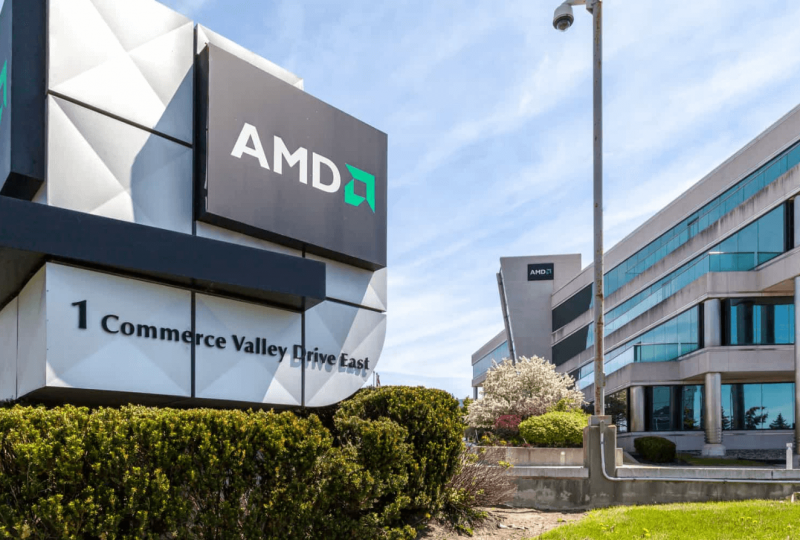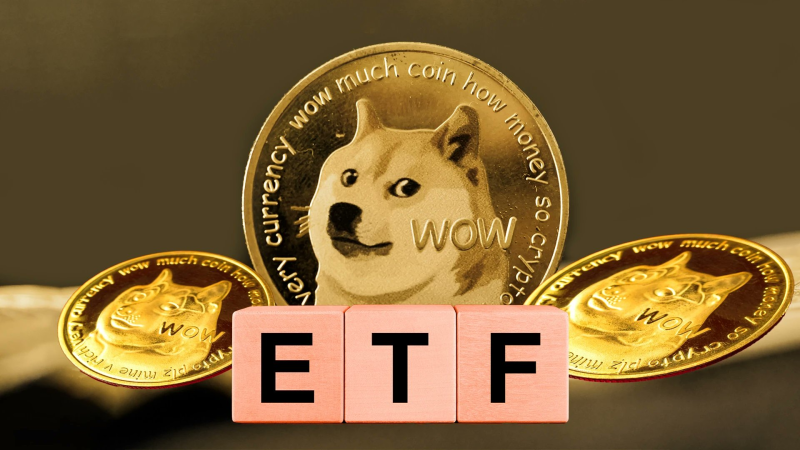AMD Stock Could Be Hurt When Chip Shortage Ends, Says Analyst
Nov 1, 2021

Chip shortages will not last indefinitely, despite how difficult it may seem right now.
Indeed, Northland Securities analyst Gus Richard said in a research note on Monday that slowing growth in semiconductor unit demand in 2022 will signal excess capacity in 2023.
In a research note, Richard says, "We believe the semiconductor business is cyclical, and it is not different this time." "The epidemic has pushed demand forward, and an inventory build is underway, with inventories beginning to show up on balance sheets across the supply chain... Valuation has been pushed to its limits as it's never been before. We're changing our focus away from momentum and toward value."
As a result, Richard downgraded Advanced Micro Devices (AMD) to Market Perform from Outperform, while upgrading Intel (INTC) to Market Perform from Sell.
Richard claims that calendar 2021 was the microprocessor company's peak growth year, and that slower growth awaits ahead.
He writes, "AMD has had a very solid year." "Not only is it gaining market share in the PC, server, and graphics businesses, but it's also in the midst of a game-console upgrade cycle." He forecasts a 65 percent increase in sales for AMD in 2021, as well as a 104 percent increase in non-GAAP profitability.
However, he expects growth to slow to 21% on the top line and 30% on the bottom line by 2022. As the business ramps up new product introductions, Richard expects slower growth in game-console sales and more spending in both R&D and expenses, limiting operating leverage. Intel may also utilize pricing to slow market share losses in microprocessors, he believes.
Richard's cautious approach to AMD mirrors his general apprehensions about high-multiple growth firms. "In response to the pandemic, loose monetary policy has created surplus liquidity, leading to inflationary pressure," he adds. "In our opinion, liquidity is about to be withdrawn, raising bond yields, depressing future earnings value, and lowering multiples on growth firms."
Intel, on the other hand, is not a liar. He says that the corporation is "racing a marathon while carrying baggage" as it tries to develop its production capacity. On a sum-of-the-parts basis, though, Richard believes the stock is inexpensive, and he believes the world is rooting for them as they try to build enough cutting-edge capacity to compete with Taiwan Semiconductor (TSM) in the chip foundry market.
"Becoming a leading-edge logic maker is extremely difficult, as only three companies remain—Taiwan Semiconductor, Intel, and Samsung." "The world sorely needs a second TSMC supplier, and Intel is a contender owing to a lack of alternatives," argues Richard.
According to the analyst, AMD has gained 1,740 percent in the last five years, while the PHLX Semiconductor Index (SOX) has gained 329 percent and Intel has gained only 46 percent. "Mistakes in production, a dysfunctional design environment, failure in the mobile market, and inability to join the foundry industry have all contributed to the company's troubles," he says. According to Richard, Intel has been selling "increasingly uncompetitive products relative to AMD in its main markets" in terms of performance, power consumption, and cost.
Richard believes Intel has a chance in the foundry industry, but cautions that success is not certain. He comments, "The company has a lot of work to do to become a foundry." "It's not in Intel's DNA to be open and customer-friendly. Their behavior has been more monopolistic in the past... We don't think Intel's approach has a high chance of succeeding, but it's also not zero."
"While there may not be near term upside in the shares, we don't see a lot of downsides either," he says, referring to the worth of the company's many elements, which include MobileEye, Altera, Intel Capital, the current fabs, and microprocessor patents and technology.
Despite the downgrade, AMD stock is up 1.1 percent to $121.52, while Intel stock is up 0.9 percent to $49.46 in Monday trading.




